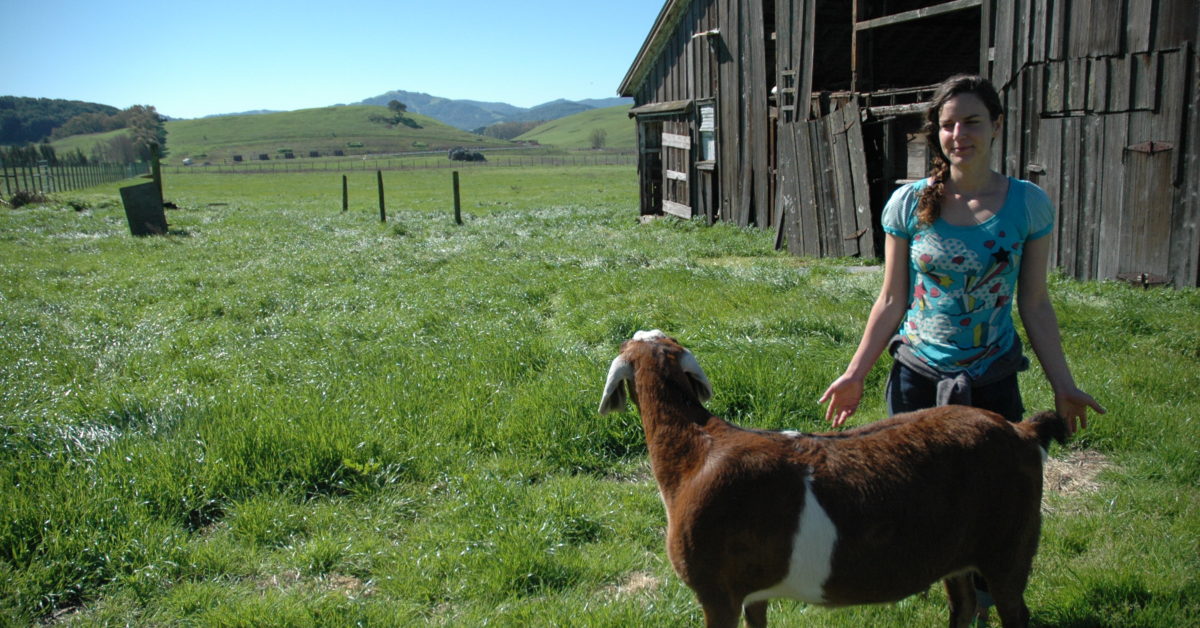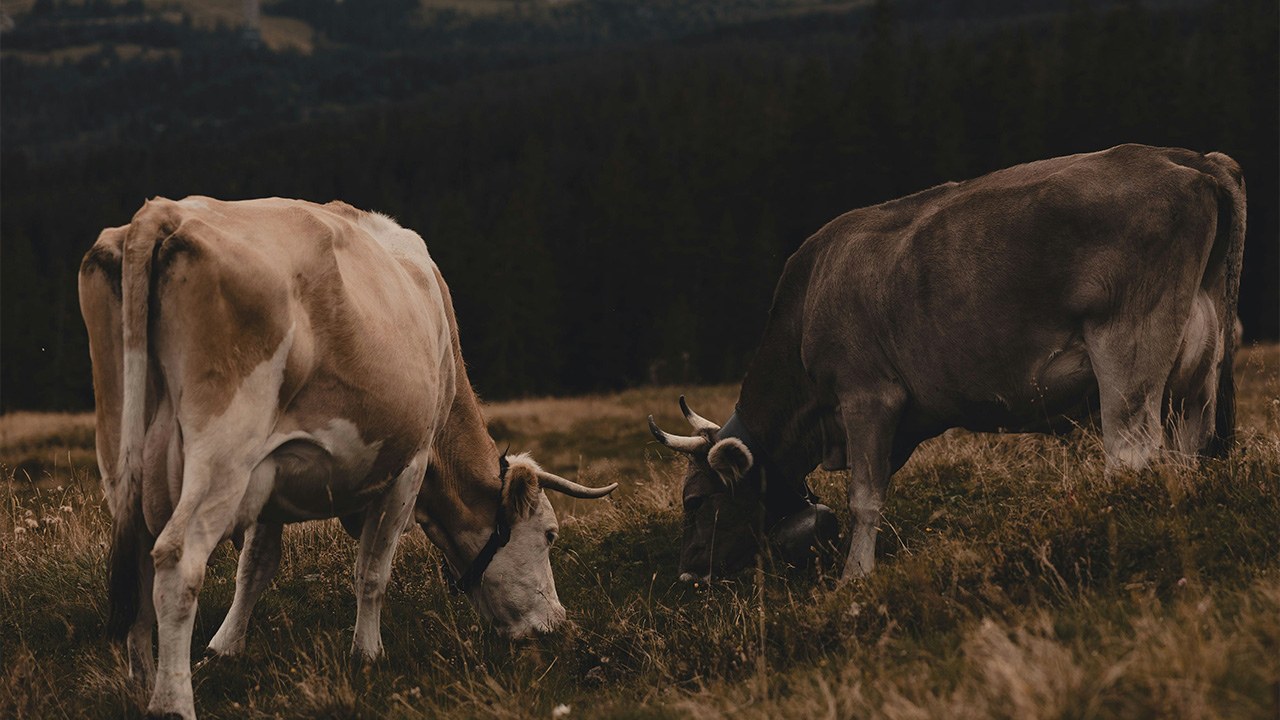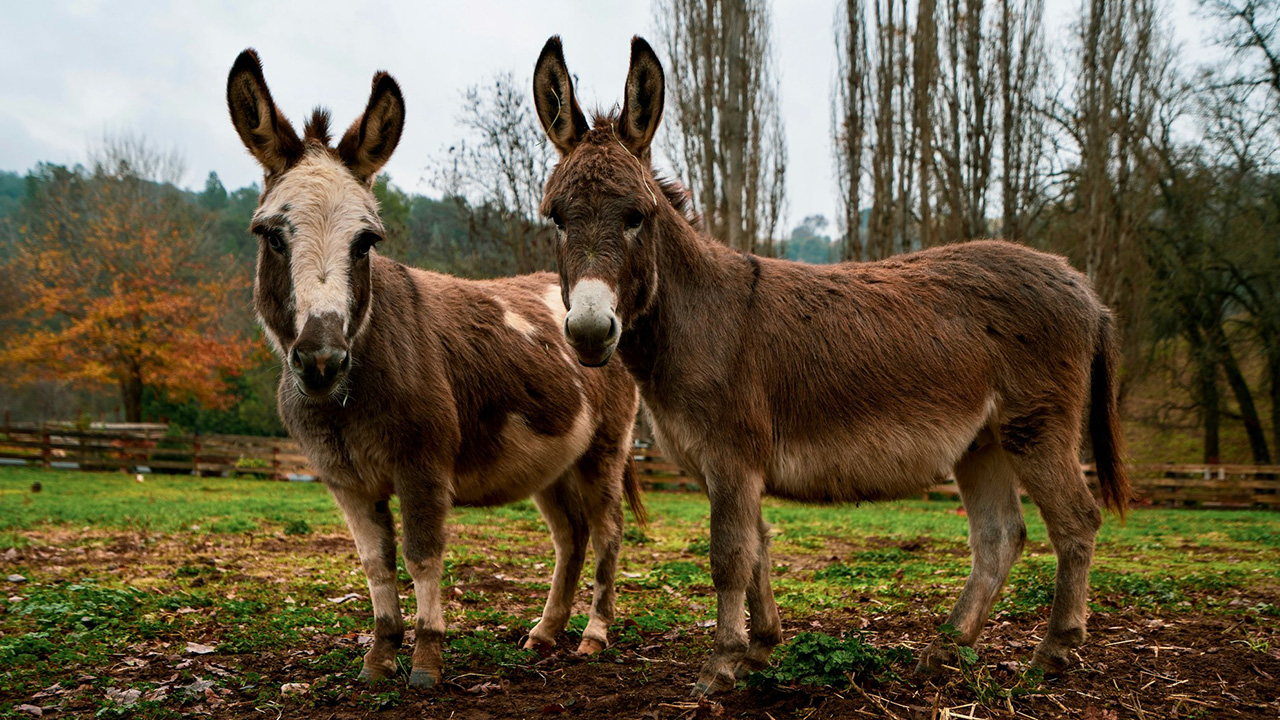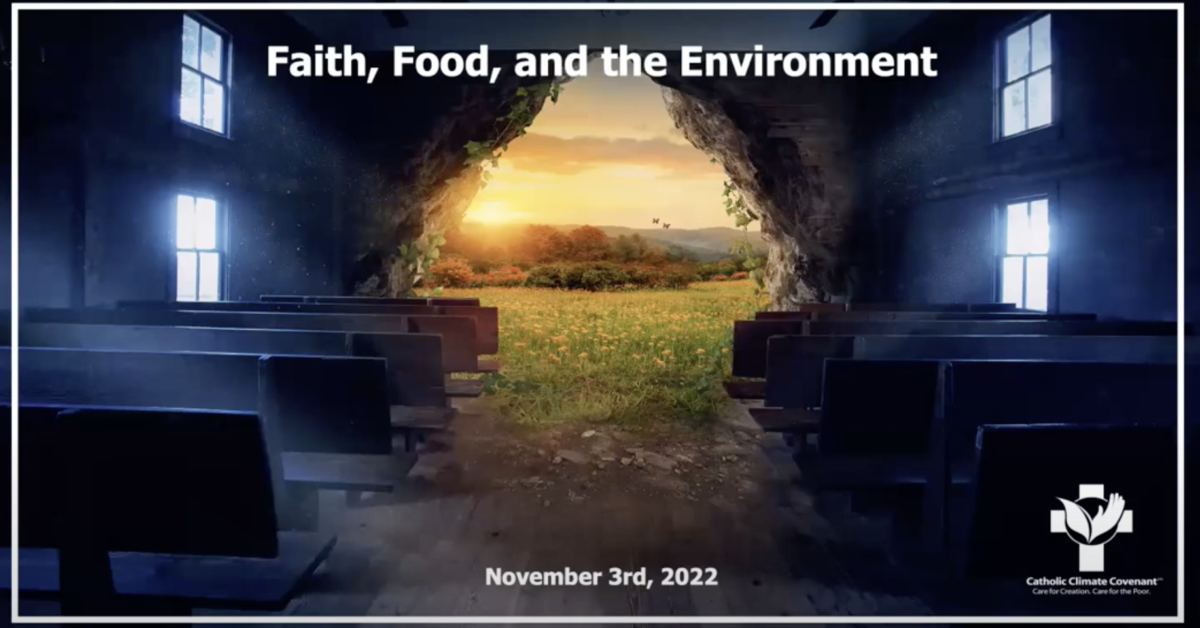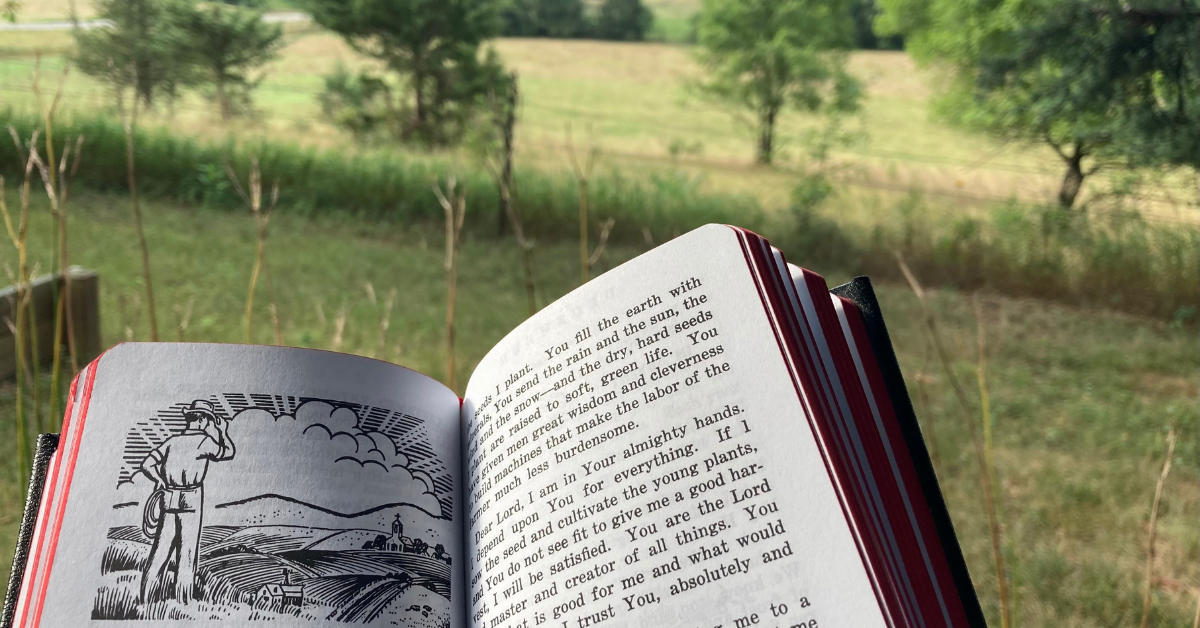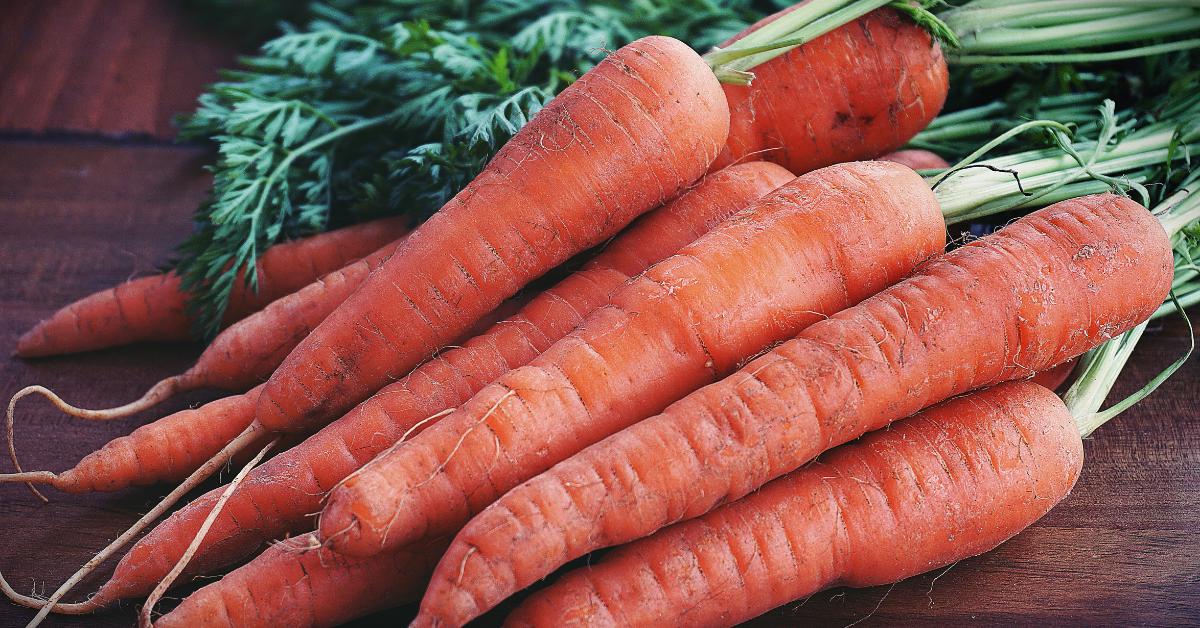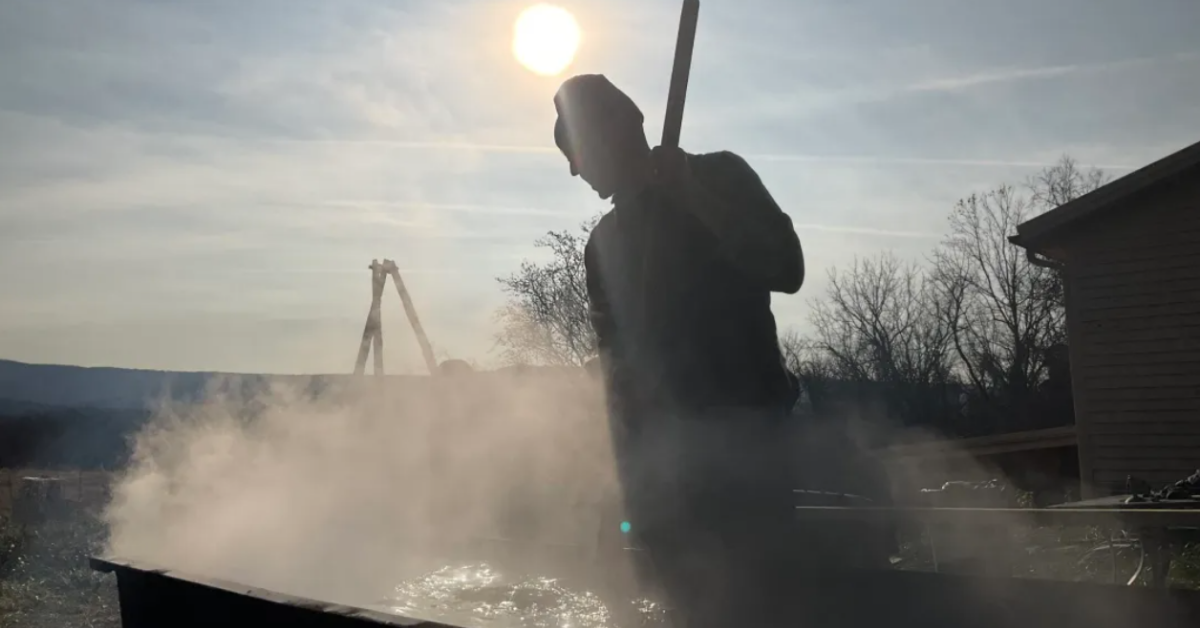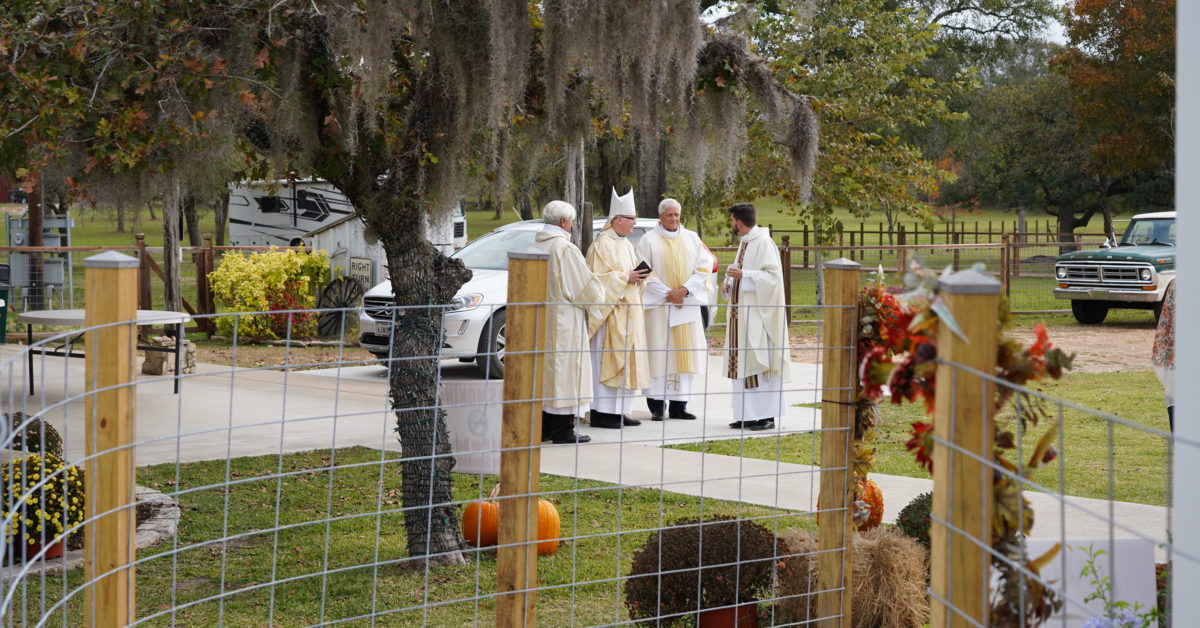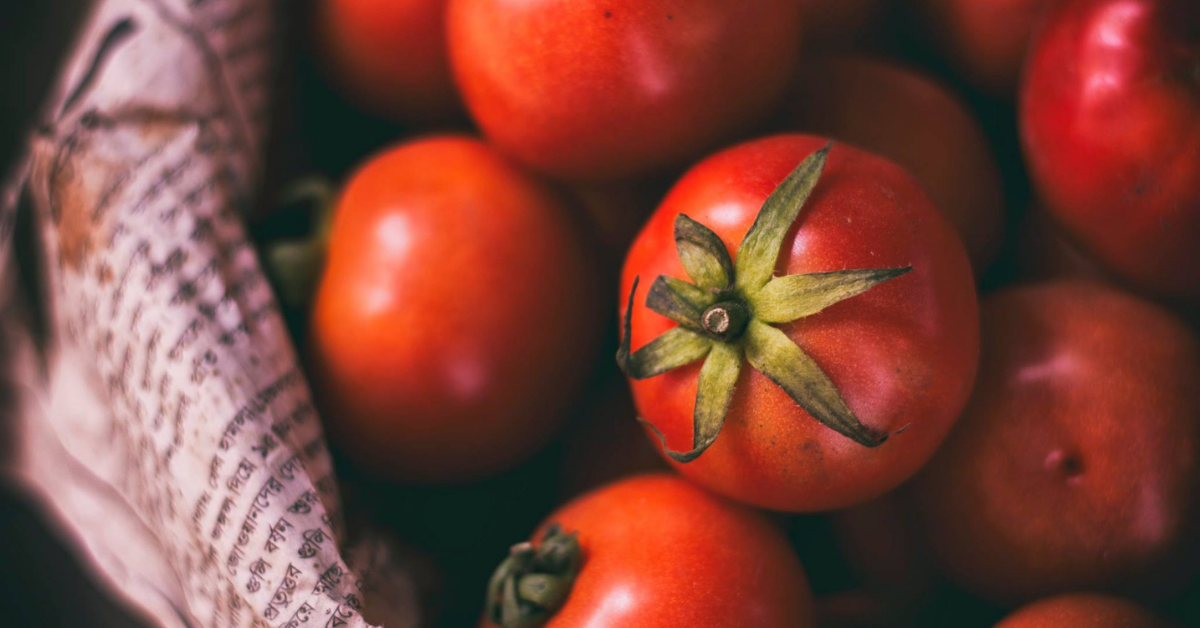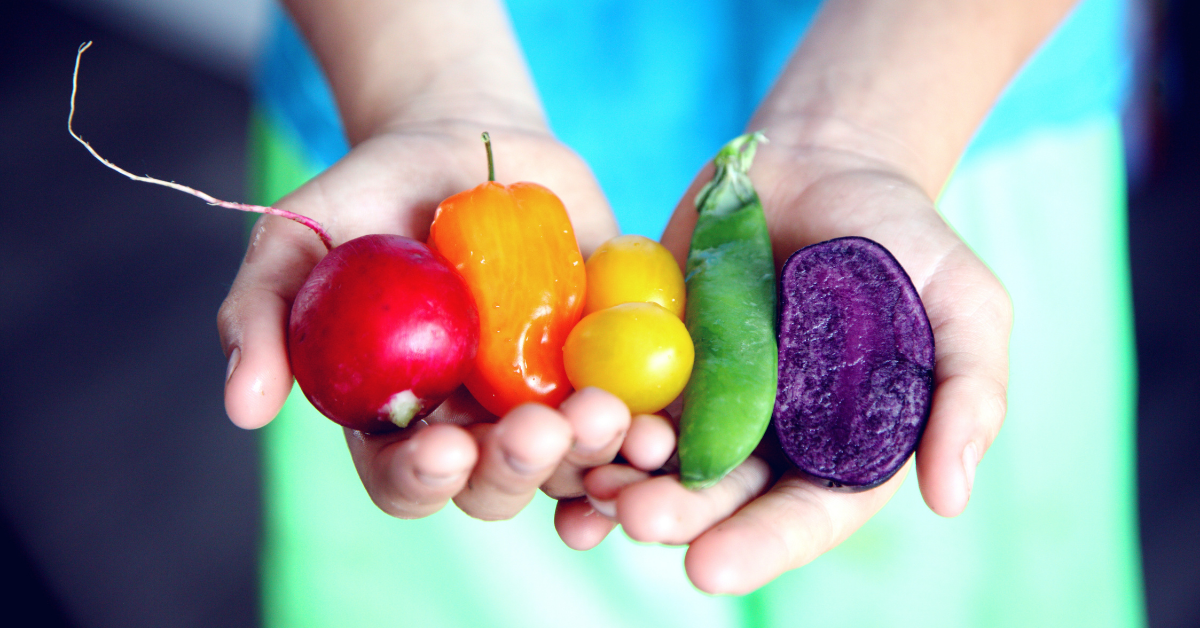
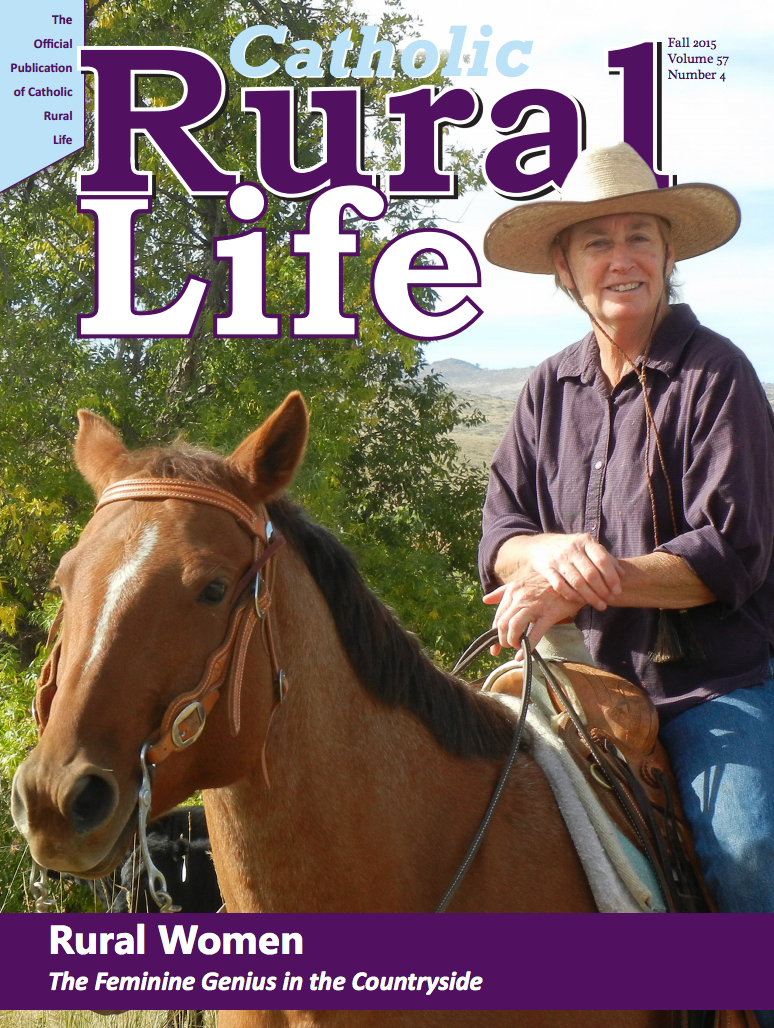 This article is from our Fall 2015 magazine, “Rural Women: The Feminine Genius in the Countryside.” To order your copy, visit our online store. To view this article as a PDF, click here.
This article is from our Fall 2015 magazine, “Rural Women: The Feminine Genius in the Countryside.” To order your copy, visit our online store. To view this article as a PDF, click here.
“We need the voice of everyone. We need the voice of women.”
This reflection was shared by one female participant at last year’s Faith, Food & the Environment symposium in St. Paul. At this event, CRL gathered farmers, academic researchers and faith leaders together to focus on how to sustainably and ethically produce enough food for a growing world population.
Our concerns were many beyond just agricultural production: social, economic, cultural and ecological balances were also in the mix. It became clear during the course of our discussions that women farmers would be crucial to solving the problems the world faces with regards to sustainable agricultural production and sufficient food for all.
In many ways, this goes against the grain of the agricultural status quo. The common image of the American farmer in most people’s minds is a male, almost always white and generally in his late 50s and 60s. Whether this image is a correct representation or not, the fact that it is so readily called to mind indicated to us that women in agriculture needed our attention.
We began to take a closer look at the extent of women in farming, already knowing that family farms implied the combined efforts of husband and wife in their day-to-day operations. Beyond the raw number and role of female farmers, we also wondered – indeed, surmised – that women would be found on the front lines of resolving our faltering agricultural system, offering their unique gifts and perspectives.
Long-time CRL member and Iowa farmer LaVon Griffieon has spoken about this over the years. Recently, Griffieon said the growing trend of a sustainable and resilient agriculture is an opportunity for women to break through the traditionally male-dominated profession. “There’s a real place for women in farming,” she said. “They are the nurturers who sustain the land.”

By the Numbers
First, let’s take a quick look at the demographic portrait of American farmers. According to the 2012 Census of Agriculture (agcensus.usda.gov), 86 percent of the 2.1 million people responsible for overseeing the day-to-day operations of farms in the U.S. are men. However, that high percentage represents only the “principle operator.” When tallying the second and third operators of a farm, the percentage of female farmers jumps considerably.
“Women are nearly two-thirds of total second and third operators,” says Sarah Hackney of the National Sustainable Agriculture Coalition. So while it is accurate to say that only 14 percent of farms in the U.S. are run primarily by women, Sarah clarifies that they make up just over 30 percent of all farm operators.
“There is a great need for more outreach, training and technical assistance specifically targeted to female producers — as there’s a lot of potential in recruiting a much more diverse next generation of farmers,” Sarah added.
Audrey Levatino, author of the recently-published guidebook Women-Powered Farm, has looked into the growing numbers of women who are pursuing agriculture. “In the recent farm census,” she writes, “the percentage of woman-operated farms held steady at about 13.5 percent. But these numbers overlook a major trend of women incorporating farming and the growing of their own food into their lives.”
Levatino goes on to write that there is “a large group of community gardeners, urban farmers and nonprofit farms that do not report to the census as farms, although they are certainly farming food to feed people.” Many women in these agricultural and entrepreneurial pursuits think of themselves as “growers” or artisans in the local food community, Levatino attests. “They don’t call themselves farmers, but they are certainly reshaping what farming is and how it affects local communities.”

A necessary ingredient
Long-time CRL members know that we have long recognized the family farm as the best model for a sustainable, productive community-minded agriculture. For anyone who has spent time on a such a farm, they recognize that the woman’s role is essential to the success of the operation. We find that the most successful family farms rely on the collaborative contributions of both husband and wife, as they share in the decision-making, management and physical activities that need to get done to keep the farm functioning season after season.
Beyond the raw numbers of the USDA Ag Census, we wondered about the characteristics or attitudes that women brought to farming relative to men. This is a tricky question because, as noted, most farms are family farms, meaning they involve the combined efforts of husband and wife (and often their grown children and spouses).
There is a sense that female farmers, just like women in other professions and vocations, tend bring a feminine and even maternal approach to their work, leading to new insights or possibilities. As the ones who typically prepare meals for their family, it is not surprising that women would extend their concern for healthy, nutritious food to the health and care of the land.
Research tells more
Carolyn Sachs, a rural sociologist at Penn State, says the role of women in farming continues to grow and shift, creating a more complex identity than the traditional farmwife. This gets into aspects of decision-making authority and farm tasks. Sachs has studied the important role women are playing on smaller and mid-size farms. While many larger farms are often passed along from father to son, women farmers end up tending smaller ones, both in acreage and sales.
“A lot of these women, even if they’ve grown up on farms, aren’t tied so much into this sort of masculine role of succession,” said Sachs, who’s also studied female farmers who didn’t grow-up involved in agriculture. She goes on to report that women are not as concerned with acquiring the biggest equipment you can or farming as much acreage as you can. “They don’t have that as part of their identities. So, it’s not as much of a risk for them to try new things.”

Next generation, new entrepreneurs
This belief was also expressed at the Faith, Food & the Environment symposium, when virtually the same words were said by women participants. Mary Schlosser, farmwife and member of the North Dakota Farmers Union, expressed it this way: “Our hope is in the younger generation, that they have the courage to step out and try some of these small farms, small enterprises. They’re entrepreneurs, they are probably more willing to do that than some of us older generations.”
In our subsequent review of research on women in farming, there certainly appears to be a revealing connection between young women farmers and the practice of sustainable agriculture. Some observers speculated that young women are probably attracted to sustainable agriculture because of an interest in social justice and in curbing the harmful environmental practices of industrial-scale farming.
The latest Ag Census also showed that women do indeed tend to follow more sustainable farming practices. They are more likely than men to operate farms with a diversity of crops and to sell food directly to consumers rather than to large food-processing corporations. Many of these women are part of a growing crop of new farmers under the age of 35 who have taken to working the land since the beginning of this new century.
Beyond the bottom line: a return to values
Catholic Rural Life’s primary critique of modern agriculture over the past century is Big Ag’s heavy, if not exclusive, emphasis on economic profit over social, cultural and ecological values. We bear witness to the many farmers and farm groups who struggle against the tyranny of the bottom line, but the reality is that the current agri-food system rewards the economically efficient producer over all others.
Thus we raise the call for a new look at the vocation of agriculture and a return to the full range of values that farmers once had. As this article has tried to demonstrate, women farmers are crucial to leading that renewal.
Many of the photos for this story were taken by Elizabeth Zach, a versatile photo from America’s west who spent several months putting faces, names, and stories to the statistical surge of female farmers. Click here to read more about Elizabeth’s work on the Femme Farmer Project.
Also, check out our helpful list of organizations supporting women in ag.
